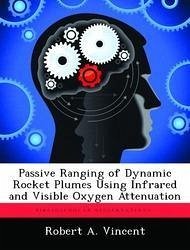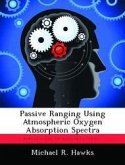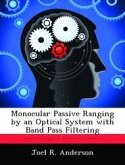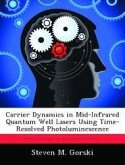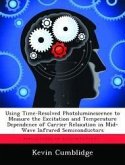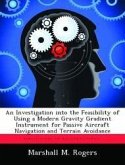Atmospheric oxygen absorption bands in observed spectra of boost phase missiles can be used to accurately estimate range from sensor to target. This work compares two oxygen absorption bands in the near-infrared (NIR) and visible (Vis) spectrum, centered at 762nm and 690 nm, to passively determine range. Spectra were observed from static tests of both surface-to-air missile simulators at 405m range and a full-scale solid rocket motor at 900m range. The NIR O2 band provided range estimates accurate to within 3% for both tests, while the Vis O2 band had range errors of 77% and 15 %, respectively. A Falcon 9 rocket launch at an initial range of 13km was also tracked and observed for 90 seconds after ignition. The Vis O2 band provided dynamic range estimates accurate to within 8% error for the first 30 seconds of tracked observation. The NIR O2 band, however, overestimated dynamic range with an error no less than 20 %. Additionally, since response time is paramount for interception of boost phase missiles, methods for reducing dependence on line-by-line algorithms to speed calculations are also presented.
Hinweis: Dieser Artikel kann nur an eine deutsche Lieferadresse ausgeliefert werden.
Hinweis: Dieser Artikel kann nur an eine deutsche Lieferadresse ausgeliefert werden.

